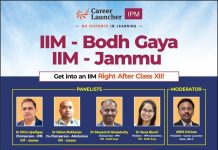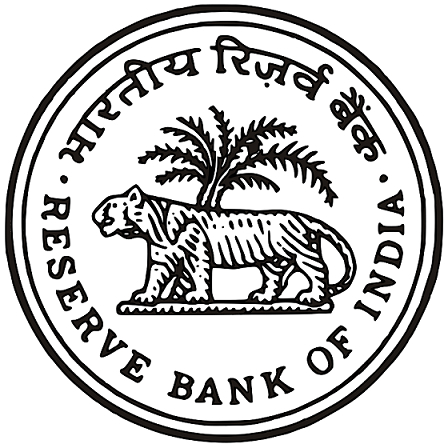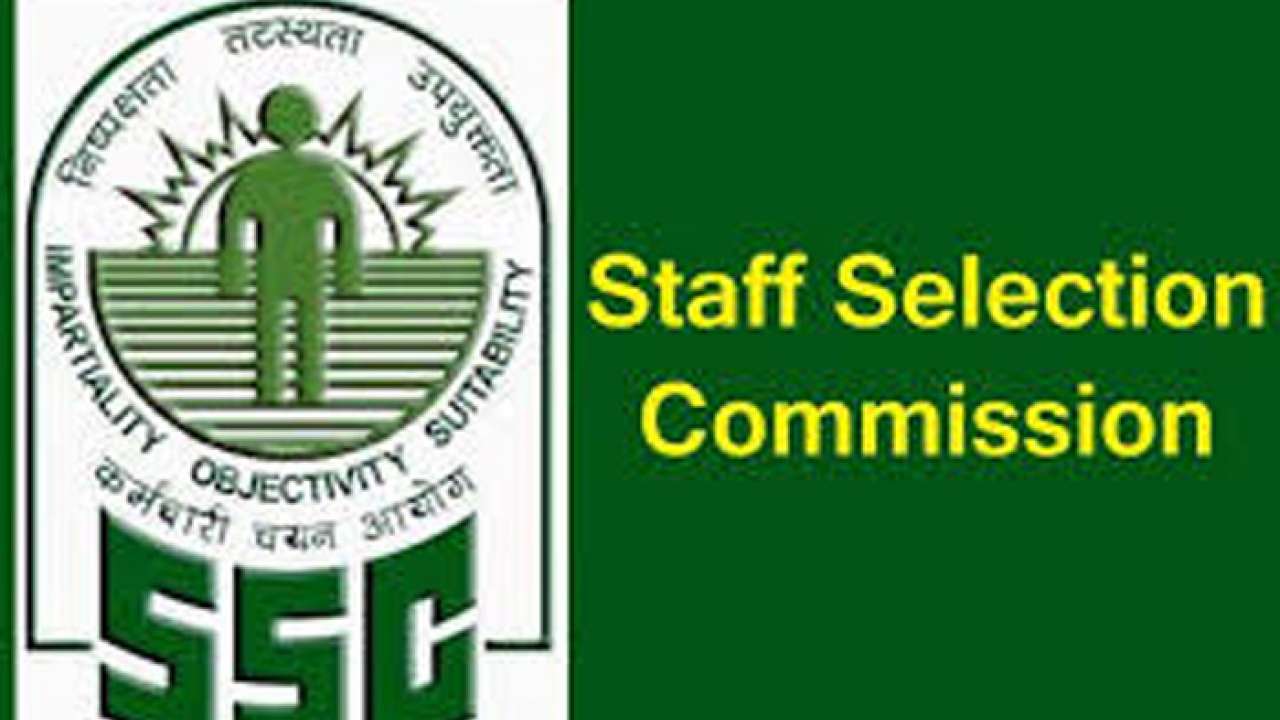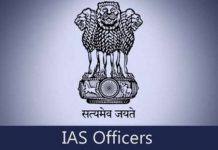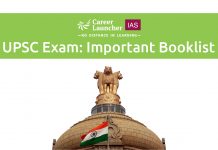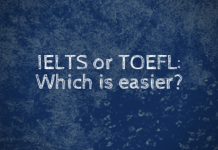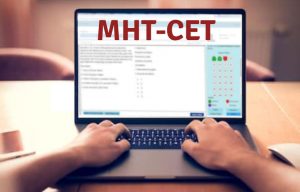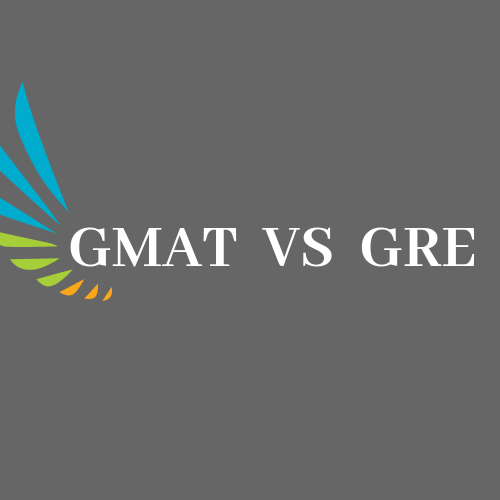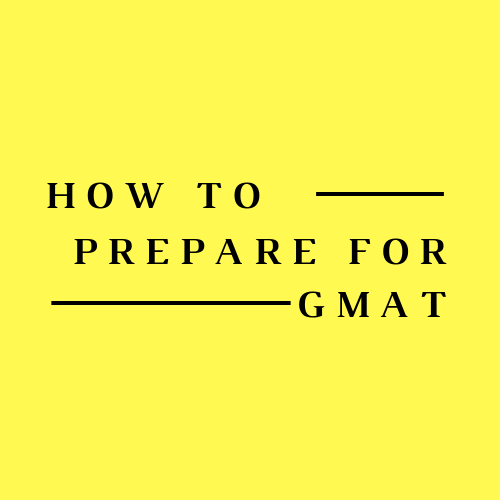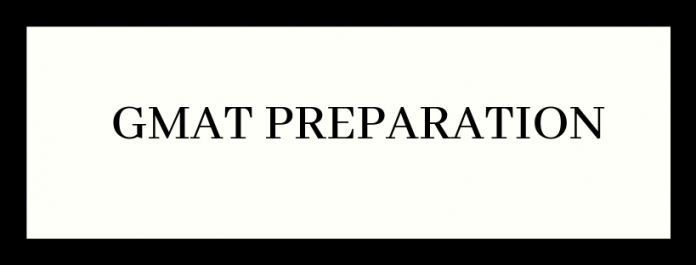“Perfect Preparation Process”
Civil Services is labelled, and correctly so, the most prestigious and competitive examination of India.
This inherently suggests that the preparation for this examination calls for judicious planning and balanced strategy throughout the process. A lot of things, including correct selection of study materials, proper guidance, sound health; and most importantly, consistent motivation from within; go into making that “Perfect Preparation Process”.
Such a preparation is possible only when one makes the ‘Smart Start’. The degree to which you can distinguish yourself from others is decided by the strength of your foundation. This in turn depends on how smartly you started. A commanding grip over the basic concepts is the pre-requisite for that strong foundation. To cement this foundation, the very first thing that you invariably need is the NCERTs.
List of highly recommended book (must read) for an IAS aspirant
NCERTs
It goes without saying that NCERTs are very much compulsory for a serious IAS aspirant. It is the basic building block that will nurtures your foundation, and clarify your concepts. Reading Bipin Chandra, for example, becomes easier after you have read History NCERT.
Important – you don’t need to worry about old and new NCERTs. New ones are as good as the old ones. So, without worrying, go for any one that you get conveniently.
What to read in NCERTs ?
Economics
Class 9th to 12th: Clears and Strengthens base
Important sections
- Indian economic development – class 11
- Macroeconomics – class 12
Polity
Class 6th to 12th: Covers basic concepts
Important sections
- India constitution at work- class 11
- Political theory – class 11
- Politics in India since independence – class 12
Contemporary world politics –class 12
Geography
Class 6 to 12 – must read all chapters
Important sections –
- Fundamental of physical geography- class 11.
- India’s physical environment – class 11
- Human geography- people and economy- class 12
Art and culture
- Class 11- Introduction to Indian art (important)
Science and technology
- Class 6th to 10th must read both for science and non-science background students
- Class 11th &12th – physics and chemistry – not much important (avoid it)
Biology- if you cover the whole book it is well and good but if not then read at least last 4 chapter of class 12 biology only.
Selective reading
The most crucial part is to know what not to read. We @ the CL IAS work continuously to guide you with the above aspects and handhold you through the different phases of preparation
Pick one subject, let’s say economy and combine it with current affairs which needs to be covered on daily basis. Follow the same for the other subjects. Also, proper time must be allocated for revision and re-revision. After all, you must retain what you read!
Connect to Current
To accommodate with the changing trend of prelims, it is advisable to follow two newspapers; preferably,
- The Hindu
- The Indian Express
Here in CL IAS we have a dedicated channel for current affairs in the name of C.L’s Connect to Current where aspirants will get the daily current affairs analysis of various newspapers, PIB,etc. Current section team of CL IAS works 24*7 to provide you with precisely selected materials from diverse sources.
Importance of CSAT
Paper 2 (CSAT) is of qualifying in nature which means it only requires 33% or 66.66 marks to qualify. This reduces the workload considerably.
Marks obtained in this paper will not be counted in final your marks of Prelims.
Strategy
Always try to plan your daily schedule/time table and make small feasible targets. Ensure that you meet these consistently. For example, start your day by reading newspapers and dedicate 2 to 3 hours for current affairs. Then make the target, say, completing few chapters from NCERT books. In this way, you can plan you day and subsequently, your weeks and months.
Success depends on Three Important factors –
- DETERMINATION AND MOTIVATION TO DO IT.
- HARD WORK WITH LOT OF SMART WORK
- PERFECT GUIDANCE
Here in CL IAS we have a dedicated team who works continuously to give you
- RIGHT GUIDANCE.
- RIGHT STUDY MATERIAL.
- SELECTIVE LEARNING METHODS.
RIGHT APPROACH AND RIGHT DIRECTION
To Conclude
The exam requires minimum 8 hours of planned study on daily basis. If you can stretch more, well and good, but not at the cost of your health. Good health and sound sleep are the vital prerequisites for a consistent long-term preparation. Be consistent in your endeavours. Avoid taking planned holidays and maintain your patience and poise.
Get set go!
All the best!
TEAM CL IAS







